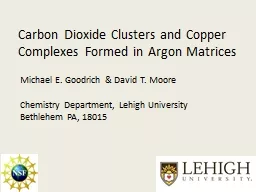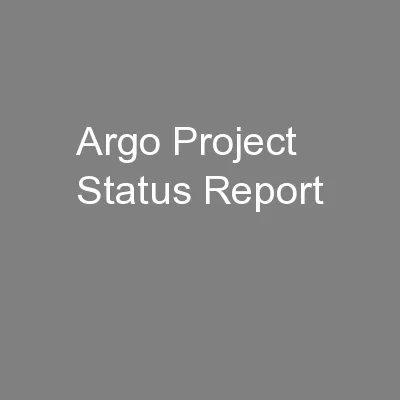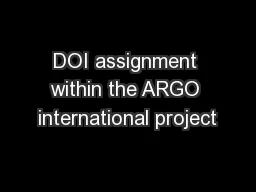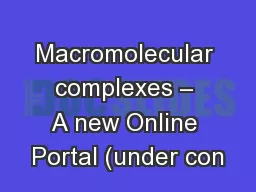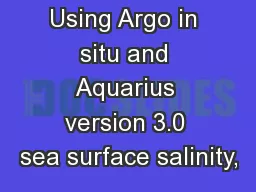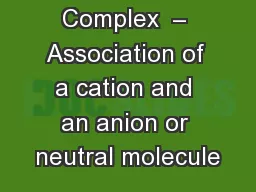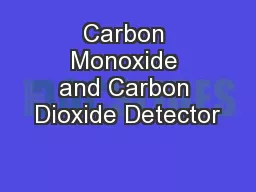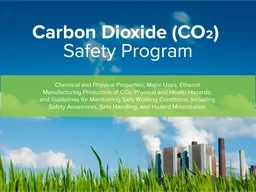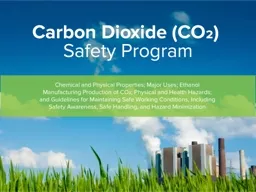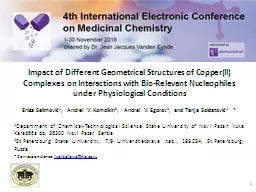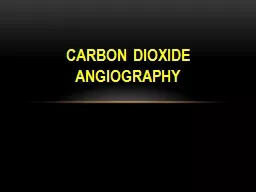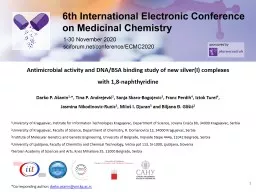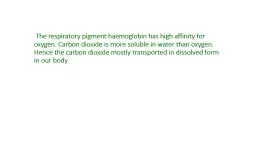PPT-Carbon Dioxide Clusters and Copper Complexes Formed in Argo
Author : pasty-toler | Published Date : 2015-12-04
Michael E Goodrich amp David T Moore Chemistry Department Lehigh University Bethlehem PA 18015 1 Introduction CO Oxidation on metal center CuCO m O 2 n complexes
Presentation Embed Code
Download Presentation
Download Presentation The PPT/PDF document "Carbon Dioxide Clusters and Copper Compl..." is the property of its rightful owner. Permission is granted to download and print the materials on this website for personal, non-commercial use only, and to display it on your personal computer provided you do not modify the materials and that you retain all copyright notices contained in the materials. By downloading content from our website, you accept the terms of this agreement.
Carbon Dioxide Clusters and Copper Complexes Formed in Argo: Transcript
Download Rules Of Document
"Carbon Dioxide Clusters and Copper Complexes Formed in Argo"The content belongs to its owner. You may download and print it for personal use, without modification, and keep all copyright notices. By downloading, you agree to these terms.
Related Documents

